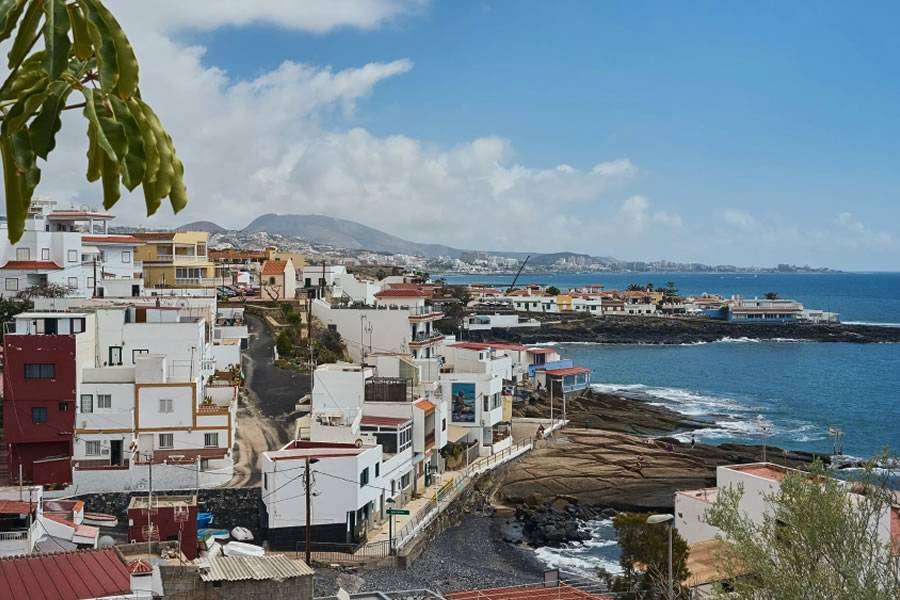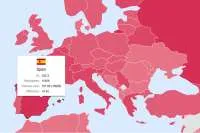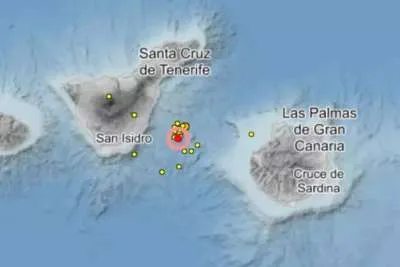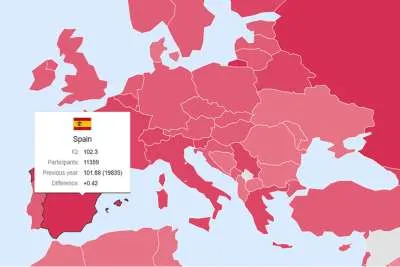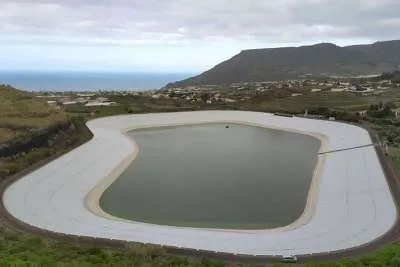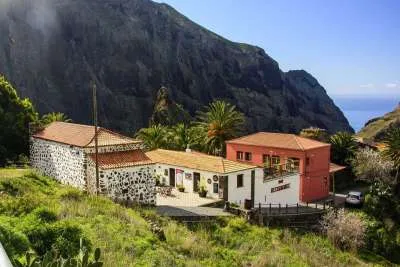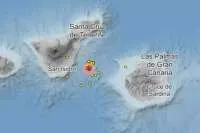This is the fastest growing municipality in the Canary Islands this century by population
- 02-12-2024
- Business
- Canarian Weekly
- Photo Credit: Unsplash
The Canary Islands have witnessed a remarkable demographic shift since the turn of the century, with the total population increasing by over half a million to reach 2.2 million in 2022. Among the municipalities experiencing this growth, Adeje in the south of Tenerife stands out as the fastest-growing, having more than tripled its population in just over 20 years.
From 14,007 residents in 2000, Adeje's registered population surged to 49,270 in 2022, according to the latest data from the Canary Islands Institute of Statistics (ISTAC). This growth is attributed to a significant influx of foreign residents, rather than internal migration trends typical of the region, where populations move predominantly to capital cities or coastal urban areas.
A Magnet for Foreign Residents
Unlike the general pattern of Canary Islanders relocating to capital islands, the growth in tourist hubs such as Adeje is driven by international arrivals. Foreign nationals now comprise 56% of Adeje’s population, surpassing native residents. Similarly, in nearby Arona, foreigners make up 51% of the population. This trend reflects a growing number of visitors deciding to make the Canary Islands their permanent home.
The trend extends beyond Tenerife. In Lanzarote's Yaiza, the second-fastest-growing municipality in the Canary Islands, the population has gone from 5,175 to 16,924 between 2000 and 2022. Municipalities in Fuerteventura, including Antigua and La Oliva, show a similar demographic makeup, with populations evenly split between foreign and native residents.
Fuerteventura: The Island with the Most Drastic Change
Fuerteventura, as an island, recorded the most striking demographic change since 2000. Its population doubled from 60,124 to 120,021 by 2022. The municipalities of Antigua and La Oliva saw their populations grow by 168.4% and 164.2%, respectively.
Meanwhile, Lanzarote saw its population rise from 96,310 in 2000 to 151,112 in 2022, a 62.09% increase, making it the second-fastest-growing island overall.
Tenerife: The Most Populated Island
Tenerife remains the Canary Islands' most populated island, with its population growing by 31.34% since 2000, from 709,365 to 931,646 in 2022. In contrast, Gran Canaria saw a more modest 15.13% increase, growing from 741,161 to 853,262 residents.
Among the smaller islands, La Gomera experienced a 19.11% increase (from 18,300 to 21,798), while El Hierro grew by 33.87% (from 8,533 to 11,423). La Palma’s growth was marginal, increasing by just 1.16% to reach 83,439 residents.


